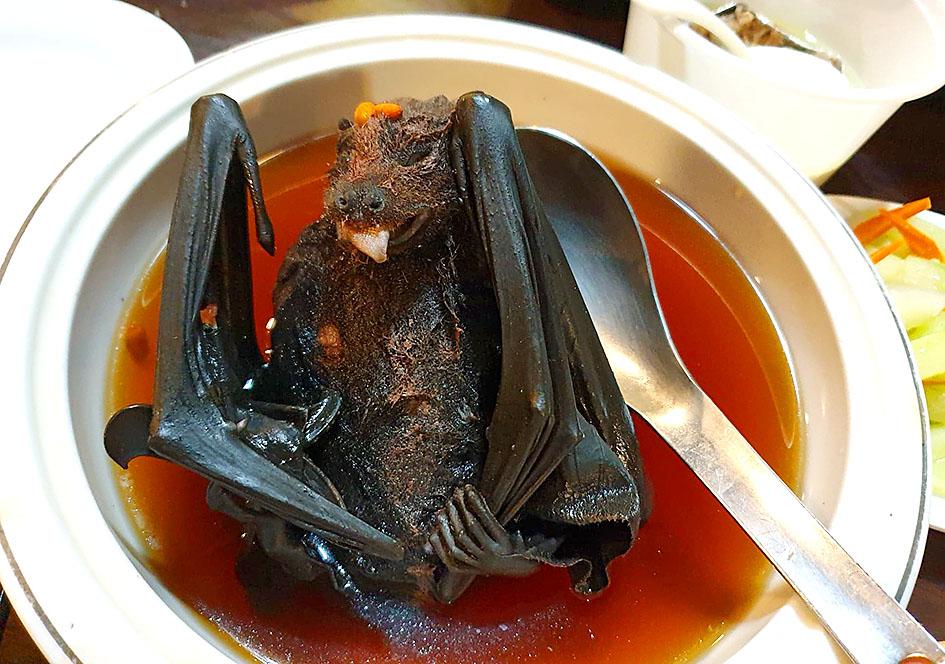13 Regional Specialties That Will Break You
Every region has a specialty dish that locals love and outsiders fear. If you think you’ve seen it all, these 13 regional favorites will put your taste buds, your nerves, and your bravery to the test. Only the boldest food explorers make it through this list.
Hákarl

In Iceland, fermented shark is a badge of honor and a rite of passage. The smell is overwhelming, the taste is strong, and the aftershock lingers. Few finish a full piece, but if you do, you’ll earn the respect of any Icelander in the room.
Fried Spider

In Cambodia, fried tarantulas are crispy and packed with protein. Locals call them a delicacy, but visitors see a hairy dare on a plate. If you conquer your fear and finish a spider, you’ll never back down from a food challenge again.
Bat Soup

Bat soup is found in parts of Asia and the Pacific. The full bat floats in your broth, wings and all, staring up at you. Just seeing it is enough to test anyone’s limits. Eating it guarantees you bragging rights for life.
Casu marzu

Sardinia’s casu marzu is cheese with live maggots working their magic. The taste is strong, the texture is creamy, and the sight of wriggling larvae makes even locals pause. Eating a bite is a test of nerves as much as palate.
Khash

Khash is an Armenian and Middle Eastern soup made from cow’s feet and sometimes head. Served hot and gelatinous, it’s a breakfast favorite among locals. For travelers, the texture and look require a leap of faith—and a strong constitution.
Balut

The Philippines’ most notorious snack is a fertilized duck egg with a partially formed embryo. You eat it straight from the shell, feathers and all. Tourists often struggle just to look at it, but locals enjoy it as a protein-packed treat.
Beondegi

Beondegi are steamed silkworm pupae sold by the cup in Korea. The earthy aroma and pop when you bite in can catch visitors off guard. Local kids grow up with this snack, but for first-timers, it’s a real test of guts—literally and figuratively.
Jellied Moose Nose

Canada’s jellied moose nose is as wild as it sounds. Slices of boiled moose nose are set in jelly and served cold. The texture can stump even the bravest visitor. Locals call it tradition, but you’ll call it a milestone if you make it through a whole plate.
Mouse Wine

Mouse wine is a traditional Chinese medicinal drink made by fermenting whole baby mice in rice wine. The look alone is enough to make most people pause. Drinking a shot is less about the taste and more about surviving the experience.
Blood Soup

Dinuguan is a Filipino stew made with pork blood, vinegar, and spices. The deep black color and rich flavor surprise many travelers. Locals love it, but it’s a hurdle for outsiders who are used to lighter soups.
Escamol

Known as insect caviar, escamol is made from ant larvae and served in Mexico. The pearls are soft and creamy, but the idea of eating insects still breaks a lot of visitors. If you can get past the thought, you’ll find a flavor that surprises almost everyone.
Stink Bugs

Stink bugs are roasted or fried as a protein-rich snack in several countries. Their shiny shells and sharp aroma are intimidating at first. If you manage to swallow one, you join an elite club of snack-time survivors.
Mopane Worms

Southern Africa’s mopane worms are chewy, earthy, and served everywhere from markets to family kitchens. Locals appreciate them for nutrition, but tourists often need some coaxing to try even a bite. Survive your first worm, and you’ll know you can handle almost anything on a plate.
